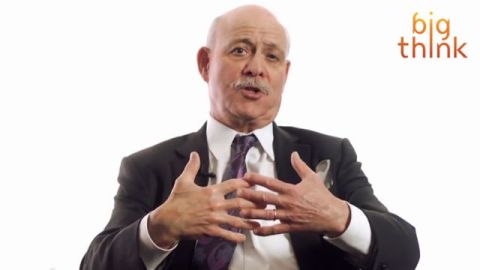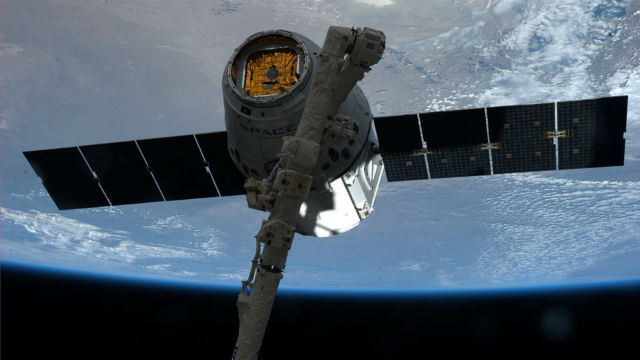Welcome to the Logistics Internet

In around 540 BC, the world’s most efficient postal service belonged to the Persian Empire. A message could travel at a speed of roughly 200 miles a day. Today, we have email. The Internet has revolutionized how we communicate. Can you imagine what it can do for the supply chain? The Logistics Internet is coming, says renowned economic and social theorist Jeremy Rifkin.
“What would happen if all the thousands of warehouses and distribution centers, privately owned, came together in a cooperative network?” says Rifkin. “So if you’re General Electric or Walmart or whoever or a small prosumer, a small to medium-size company, you would have access to any one of those warehouses when they have surplus space and you could move your transport only where you needed it in real time instead of going to a few centralized warehouses across 3000 miles.”
Part of this vast and efficient network will one day (soon) be driverless vehicles. Most famously, Google is already experimenting with them on the streets of Mountain View, California. They will be in mass production within five to ten years, according to Rifkin. He explains the potential impact: “We’ll be able to have a transport system where we power vehicles from energy from our energy Internet and we’ll power our electric vehicles and fuel-cell cars, trucks and buses powered by hydrogen, all of that from our energy Internet at near zero marginal cost to transport it.”
This is part of the greater movement toward what Rifkin calls “the democratization of everything.” Our systems are becoming more efficient, cleaner, more collaborative, and this innovation is made possible thanks to the Internet.
“This transport and logistics Internet is connecting with the energy Internet and the communication Internet, which provides the data in one system,” he says. “It is a game changer. It is one of the great technology revolutions in history.”
For more on the logistics Internet, watch this clip from Big Think’s interview with Rifkin:





